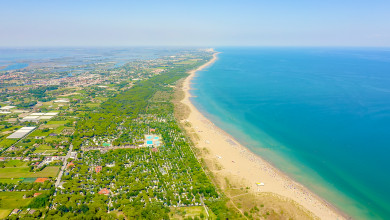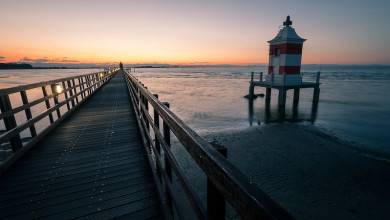Grado: a Friulian jewel
Guides
“When the traveller, after travelling through the flat and monotonous countryside of the Bassa Friulana, passes the Belvedere bend, he has a jolt. At that point the enchantment of the Grado lagoon appears to him unexpectedly." (A. Felluga)
A Friulian tourist and spa town in the province of Gorizia, Grado is also known as the Island of the Sun because of its 3 km of south-facing beach. Its historic centre has a Venetian charm, with alleys and small squares winding between fishermen's houses.
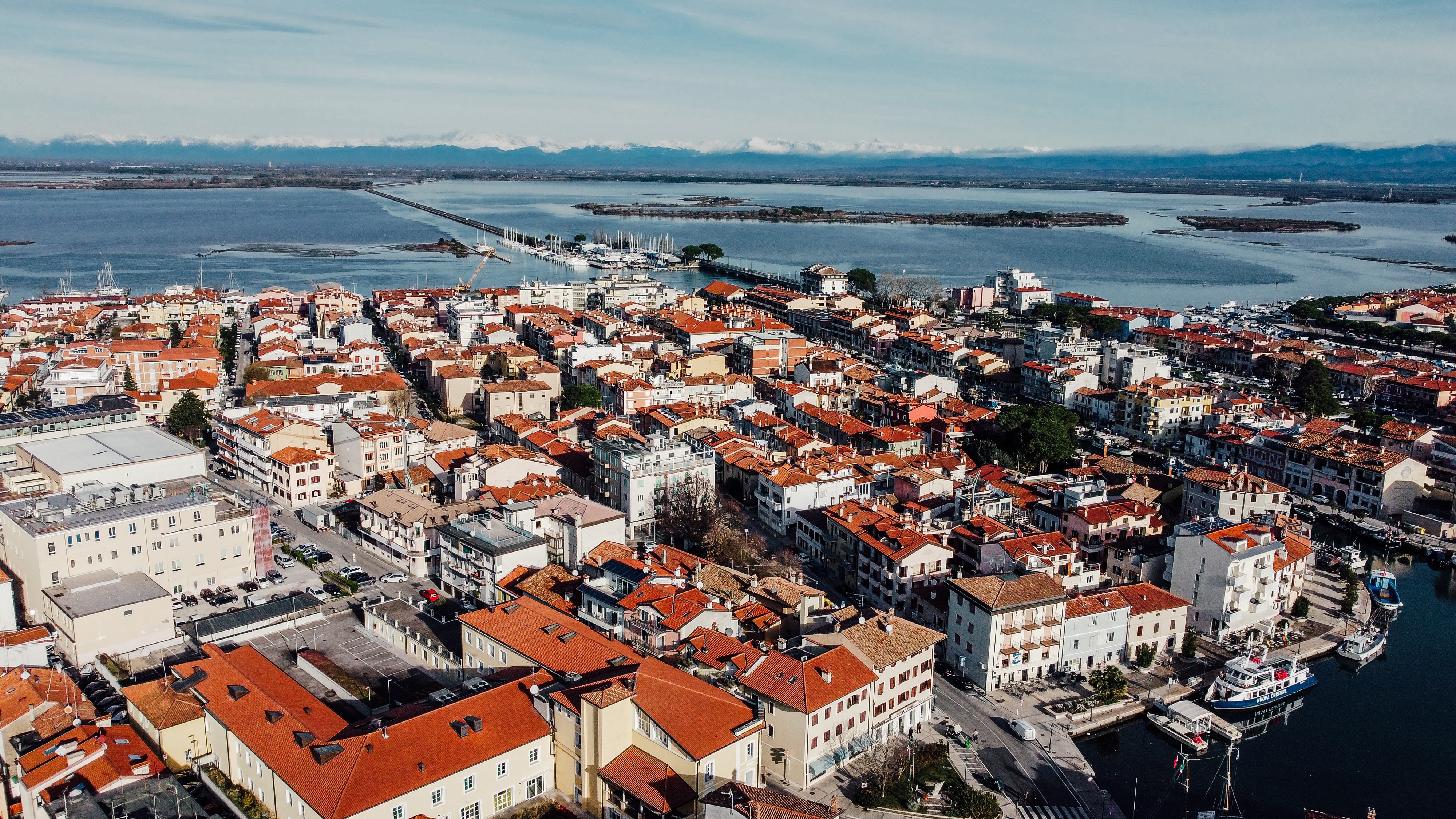
History of Grado
Grado was founded under the name Aquae Gradatae in Roman times, due to its proximity to Aquileia and its convenient harbour, but the town only really developed after the Hun invasions of 452 AD, when many inland inhabitants sought refuge on the islands of the lagoon.
In 875 it was threatened by Dalmatian pirates and protected by the Venetian fleet, after which it began a gradual decline due to the increasing importance of the Serenissima, which brought Grado into the Venetian orbit until 1797, the end of the Venetian Republic. It then passed under the Austro-Hungarian Empire until 1918, making a comeback and becoming one of the most popular seaside resorts in the Empire. In fact, already at that time Grado was known for its unique microclimate, beneficial to health.
What to see
St Euphemia's Basilica: standing on the square of the ancient town, it is Grado's main religious monument, dating back to the 6th century and consecrated in 580. Of early Christian and Romanesque style, it is flanked by the 15th century baptistery and spire bell tower.
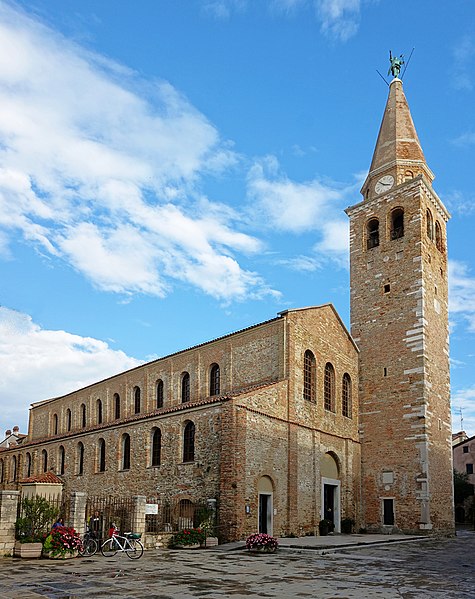
Basilica of Santa Maria delle Grazie: not far from the Basilica of St Euphemia and smaller in size, it is located in the Patriarchs' Field and is worth visiting in particular for the floor mosaics inside, arranged on two levels.
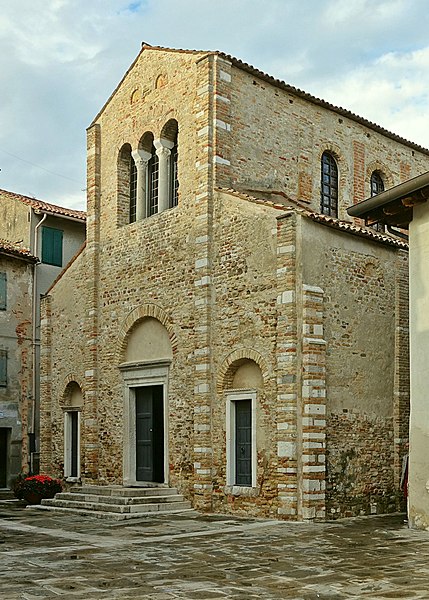
Seafront promenade Nazario Sauro: about one kilometre long and known by locals as 'the dam', it was built in 1885 by the Austrian government to provide protection from the sea. After the Second World War, it was repurposed as a seafront promenade, leading past early 20th century buildings to the free beach known as the 'Costa Azzurra'.
Barbana island: island at the eastern end of the lagoon where there is an ancient Marian shrine. It is currently inhabited by a community of Benedictine monks and is connected to Grado by a 20-minute ferry service; the island can also be reached by private transport.
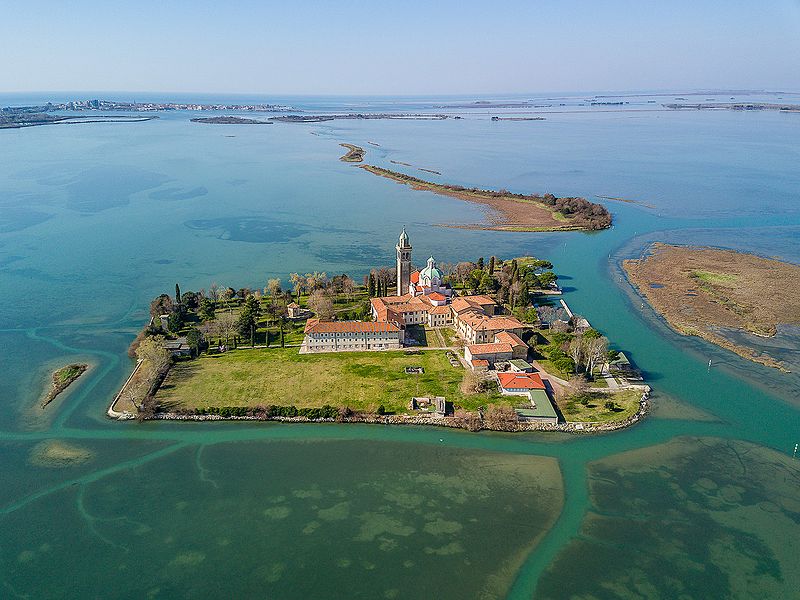
Marine spa: as early as the beginning of the 19th century, the Habsburg artistocracy chose Grado as the destination for its prestigious Marine Spa. Today, the Grado Thalassotherapy Institute is one of the most up-to-date centres in Italy, exploiting the natural elements of the marine environment for beauty treatments and for the treatment of numerous pathologies through sea water extraction and sandblasting.
Grado Beaches: Grado offers almost two kilometres of beach, 120 thousand square metres of sandy shore divided into four beaches, completely facing south and adequately equipped for adults and children: the main GIT beach, the Al Bosco/Città Giardino beach, the Grado Pineta beach and the Costa Azzurra beach. Thanks to its shallow waters, the shoreline is particularly suitable for families.
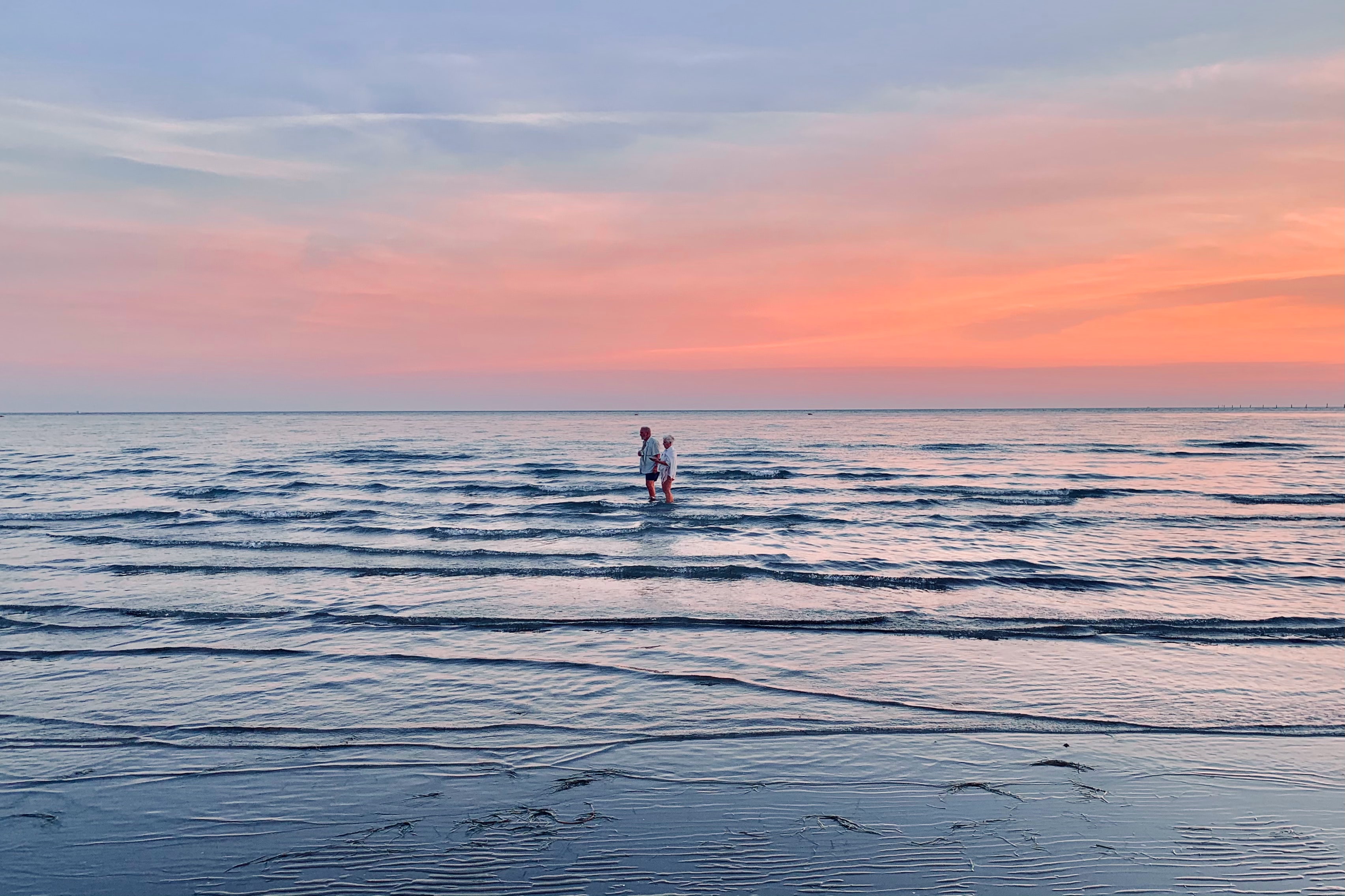
Where to stay
In spite of its small size, Grado offers the same variety of accommodation as the main seaside destinations: you can therefore find hotels, bed & breakfasts, campsites, resorts, tourist villages, flats and villas for rent.
Looking for advice on where to stay? Click here to consult the list of establishments registered on Nozio.com and book on their official website at the best conditions!
Source: www.grado.it

